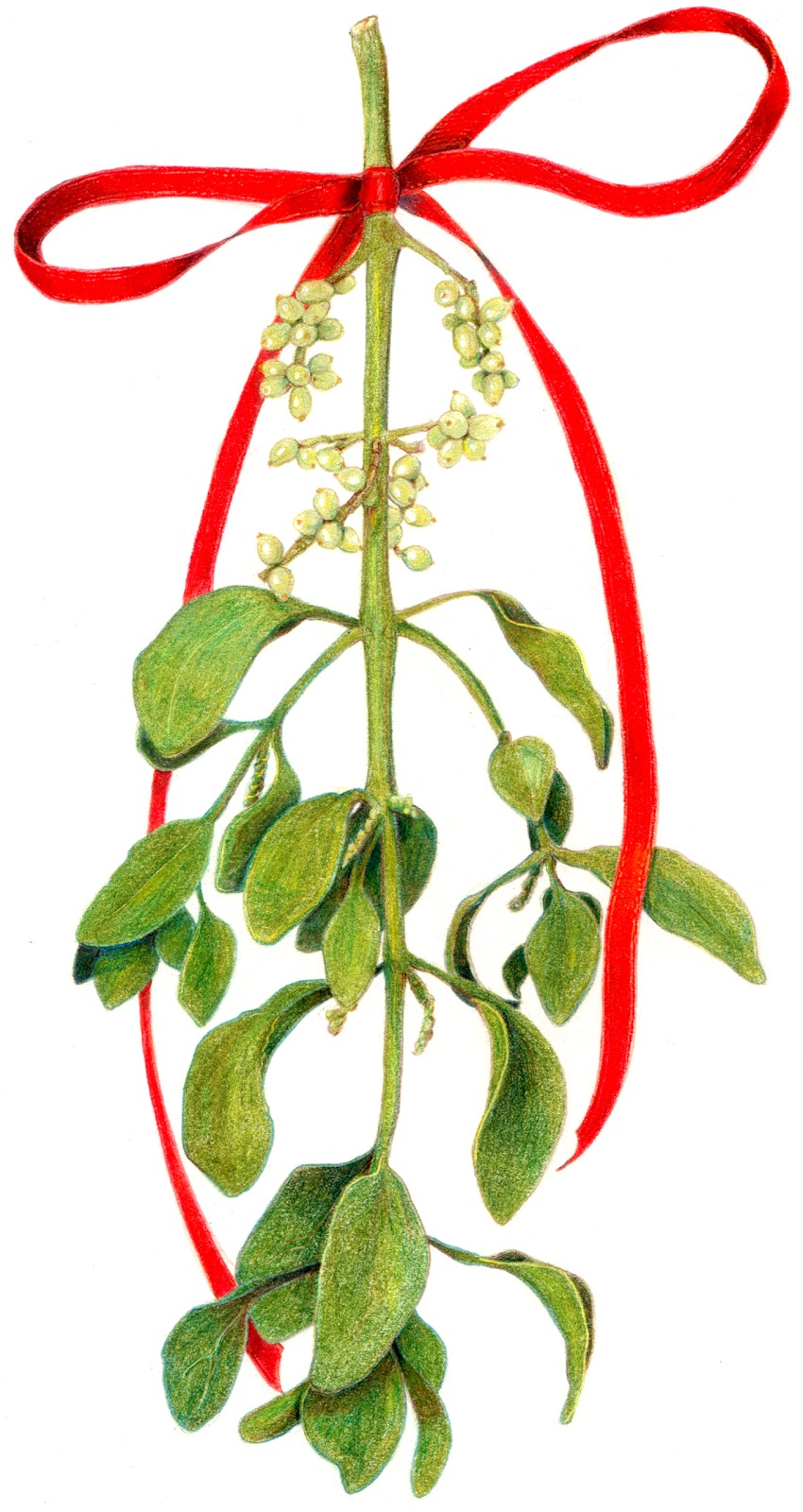Autumn Gardening Tips From the BCA!
We love our gardens and autumn is the time of a lot of there is a lot to do – planting for the spring; clearing never ending piles of leaves and tidying dead growth from summer shrubs. Your back is vulnerable to injury with lots of heavy work, so the British Chiropractic Association has some helpful tips.
Clothes
– Don’t wear clothes that are tight or could constrict your movement.
Warm Up
– Gardening is like any other exercise; you need to warm up first. Don’t go straight into heavy garden work; start off with lighter jobs as this will lessen the chance of muscle strain.
Clever pruning
– Get as close as possible to the things you are pruning and avoid overstretching to reach the area you are dealing with.
– Invest in some long handled secateurs to reach plants and bushes that are beyond normal reach.
Using the rake
– Keep your body in line with the rake and don’t over stretch by leaning too far forward or dragging your arms too far behind. Use short, precise movements. When going to pick the leaf litter up, bend both knees and keep your back straight.
Take a break
– Vary your activity by spending no more than 20-30 minutes on any one thing and make sure you take regular breaks.
Plan ahead
– A specialist garden trolley might be worth investing in to move pots around to protect them from the cold weather as well as being great for carting heavy bags of compost around.


